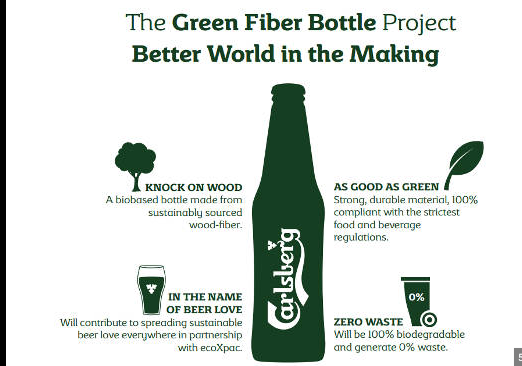- When Pitney Bowes learned that envelopes tainted with anthrax had spread infection and death through the U.S.postal system, executives at the company realized that both their customers and their core business were under attack.
- Overnight, the world’s largest provider of mailing systems was flooded with desperate requests from corporations and postal services seeking a solution that could protect people from the deadly spores.
- The company decided that the only way it could respond fast and effectively was to look outside for ideas.
- Within a few weeks, a special team of Pitney Bowes engineers gathered 82 promising concepts from fields as diverse as food handling and military security. These were quickly whittled down to a dozen ideas worth developing, ranging from low-tech solutions -such as a downdraft table that sucks up the air- to expensive, high-end systems.
- With help from the outside inventors, Pitney Bowes was able to introduce new products and services to secure the mail against bioterrorism.
- A growing number of companies are exploring the idea of open- market innovation–an approach that uses tools such as licensing, joint ventures, and strategic alliances– to bring the benefits of free trade to the flow of new ideas.
- By systematically opening their innovation borders to vendors, customers, and even competitors, businesses are increasing the import and export of novel ideas. As they do so, they are improving the speed, cost, and quality of innovation.
- What’s more, open-market innovation lets companies set realistic market values for their internal ideas, helping them to better define their core business.
- The results of a recent Bain Company survey of more than 200 global senior executives suggest there is pent-up desire to pursue open-market innovation:
> Even in the throes of a global recession, when the focus was on restructurings and cost reductions, 80% of the respondents rated becoming more innovative among their top three priorities for achieving company success.
> Nearly two-thirds of the executives admitted their businesses were not close to realizing their full potential in tapping outside ideas; they deemed such action a big opportunity.
>Perhaps most surprising, 91% of executives across all industries surveyed called increasing their company’s capacity for innovation critical to creating future competitive advantage and earning profits.
> Despite this wellspring of enthusiasm for reaching outside the company for great new ideas, the poll also revealed another side of the quest to innovate: Two out of five executives surveyed admitted that their companies suffered from not-invented-here syndrome.
> 57% of the executives polled found their companies too internally focused.
> The survey results indicate that conventional methods to spark corporate innovation are falling short and that global executives know the best ideas are not always coming out of their own RD labs.
- It should come as no surprise that companies that collaborate with outsiders on their R&D reap a higher percentage of their total sales from new products than companies that don’t collaborate, according to global think tank the STEP Group.
- The experience of Tetra Pak, one of the world’s largest suppliers of packaging systems for milk, fruit juices, and other food products, illustrates the wisdom of importing expertise.
- Several years ago, Tetra Pak was attempting to develop a radical food-packaging innovation that would compete with metal cans as well as glass and plastic containers.
- The packages are lightweight, and their rectangular shape easy to hold and pour increases the number of packages that can be displayed on a shelf by as much as 50.
- Tetra Pak was already familiar with some of its partners in this venture: paper and polymers suppliers helped the company fashion the paperboard package capable of withstanding high temperatures, humidity, and the rigors of commercial sterilization.
- Other partners were less familiar: Tetra Pak found a company with expertise in sterilizing hospital equipment to help it figure out how to sterilize the food inside the packages.
- Exposure to outsiders’ ideas helped executives realize how much faster they could move by outsourcing crucial elements of the new product: the process shaved years off the development time.



